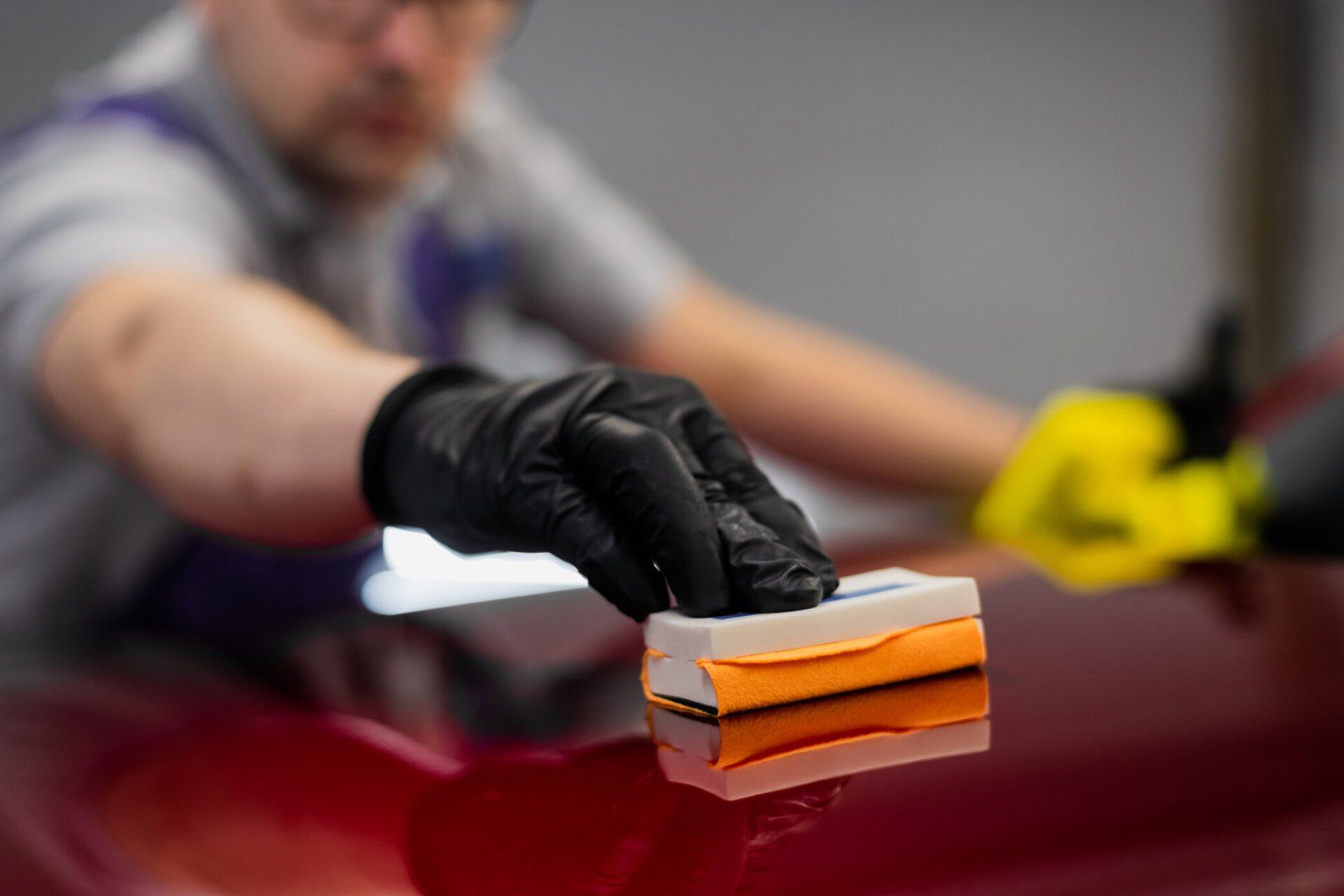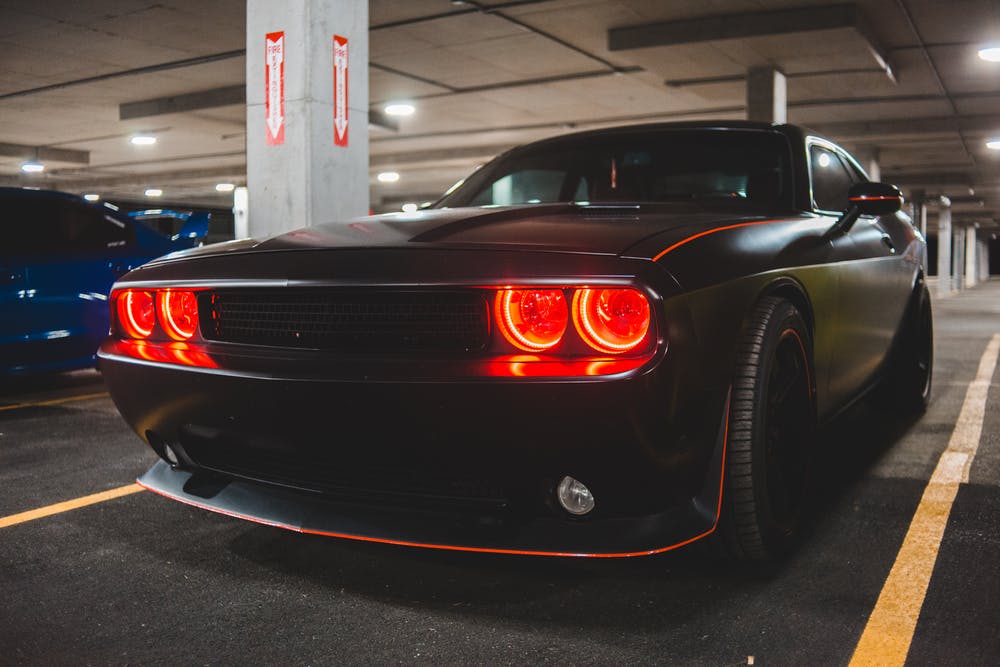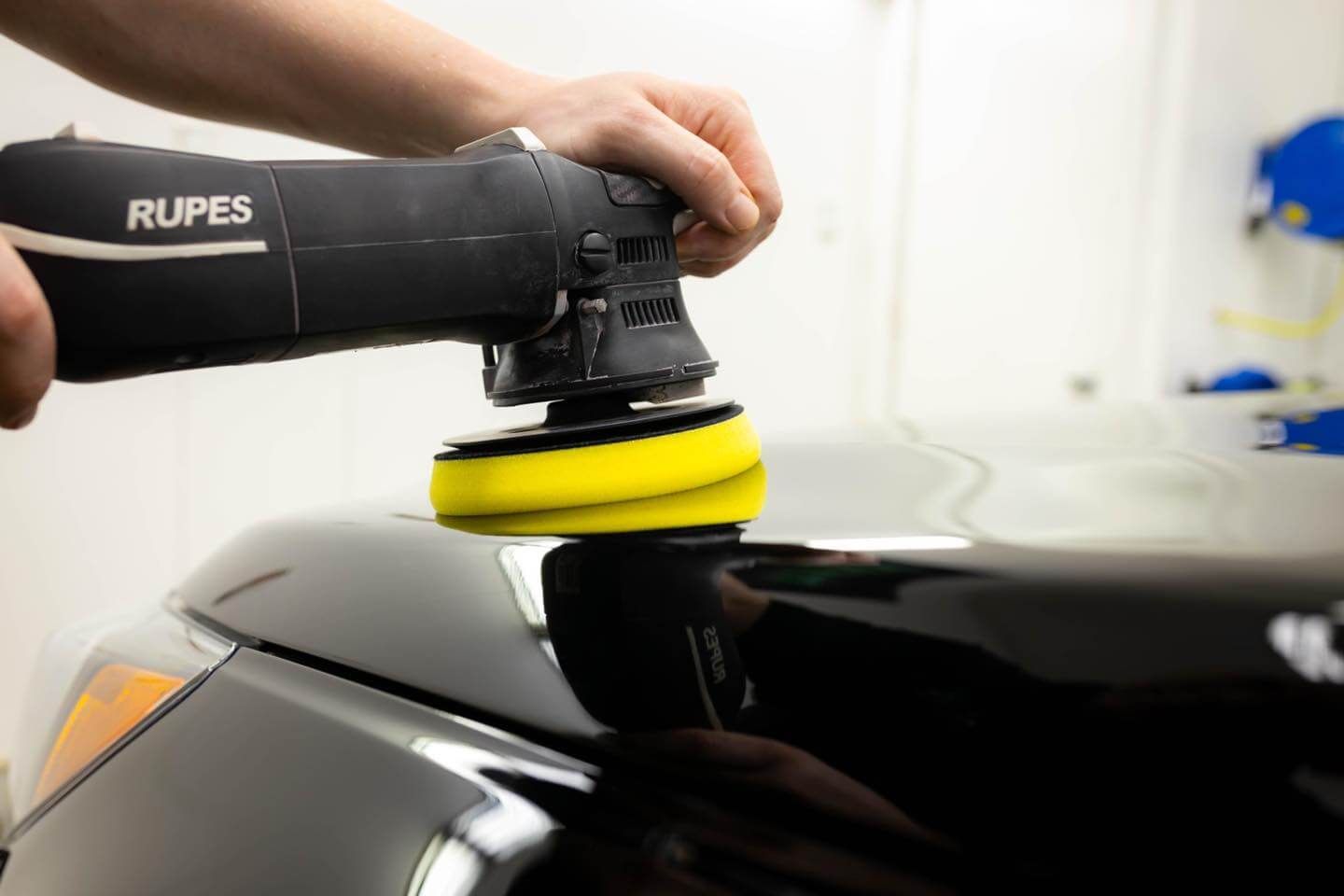Have you considered coating your car with a ceramic coating? It's certainly popular these days, but the quantity of conflicting information available on the internet regarding it may be confusing and irritating at times.
If you're thinking about getting it done but aren't sure if it's worth the money, here are some things to consider.
How Much Is a Ceramic Coating?
The price of ceramic coating varies greatly. Professional-grade coatings might cost anywhere from $600 to $3,000 depending on the lifespan you expect from your coating. Despite the fact that professional applications may seem expensive, it is important to remember that most ceramic coating packages also include a thorough vehicle cleaning, decontamination, and polishing of your vehicle’s exterior. This will ensure that the coating will properly adhere to the surface of your paintwork and look amazing for years to come.
Is Ceramic Coating Perfect for My Vehicle?
Ceramic coating is not a solution that will work for all types of cars, even though it has many advantages. If your vehicle's paint is kept in near-perfect condition and cleaned frequently using correct procedures and equipment, it can give you the best results.
Additionally, it is important to understand that ceramic coating does not provide a comprehensive solution for protecting your car's exterior. Ceramic coating doesn't stop the vehicle's paint from getting scratched or chipped and it won't prevent swirl marks if you use incorrect washing techniques either.
However, ceramic coating does have many great benefits. For example, it helps to defend the exterior of your vehicle against UV damage, chemical contaminants, dirt, and grime. It also makes the job of cleaning your vehicle easier and enhances the glossy look of your paint.
Is Ceramic Coating Worth It?
A majority of customers choose ceramic coating because they want a higher-quality and longer-lasting solution for paint protection. It may seem quite costly upfront, but there is a good reason for it. Professional-grade ceramic coatings are created to meet manufacturers’ standards.
With that said, professional ceramic coatings are exclusively marketed to certified or licensed application specialists. Its installation may provide several advantages. First and foremost, you do not need to worry about anything—you can just drop off your vehicle and leave the rest to the professionals.
The benefits certainly outweigh the drawbacks if the ceramic coating is professionally installed. Professional application of ceramic coating may cost more money, but the protection and augmentation that it can provide your car will be well worth it!
Conclusion
In many situations, the cost of ceramic coating your paint is more than worth it. The coating offers excellent protection against pollutants and makes cleaning the car much easier. Coatings, however, aren't for everyone. It all boils down to what benefits you are looking for and what type of protection the exterior of your vehicle requires
If you are looking for
ceramic coatings in Rochester, 5 Star Auto Detailing is a premier auto detailing studio that has the right services for you. Talk to our experts now!






